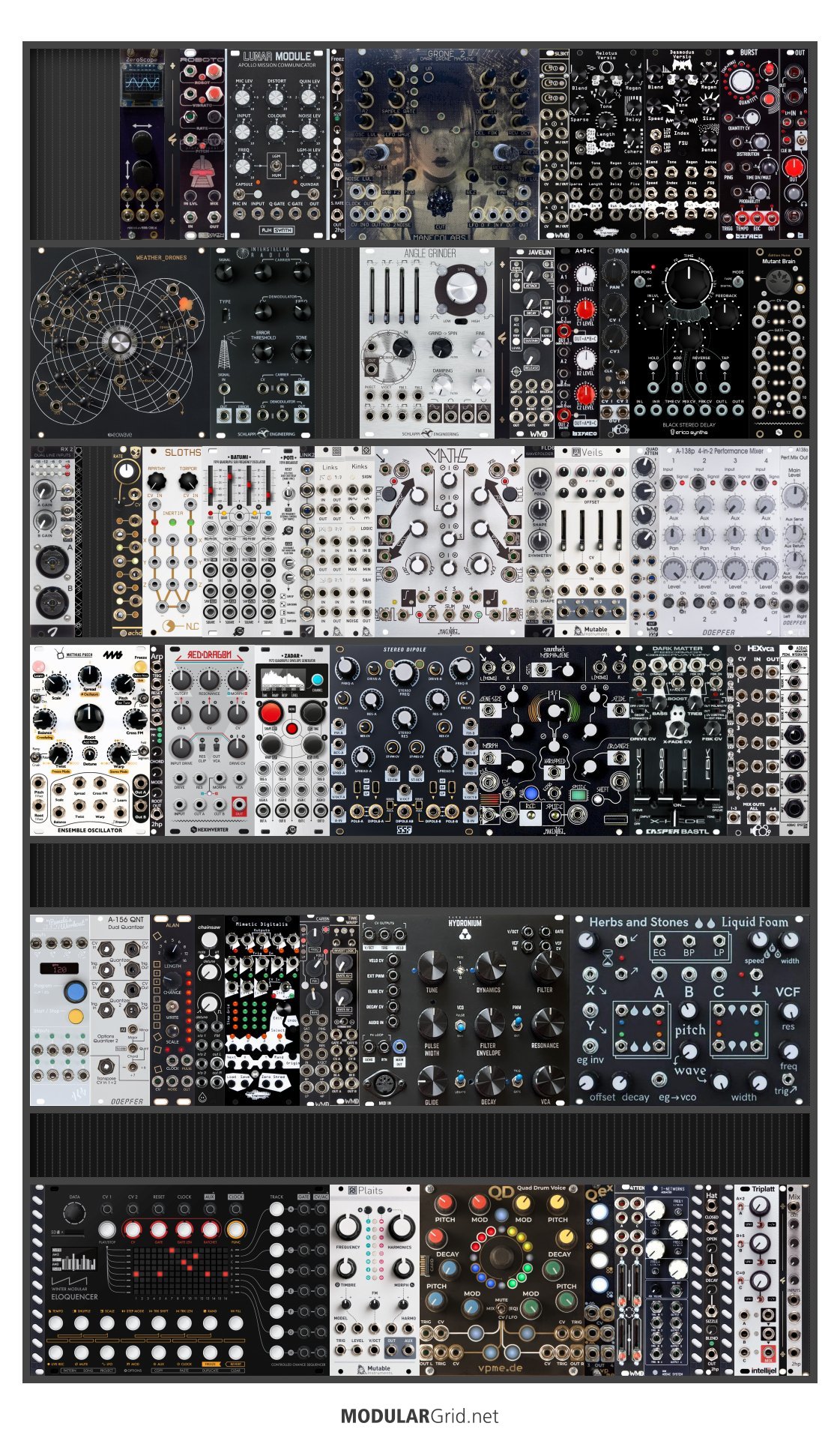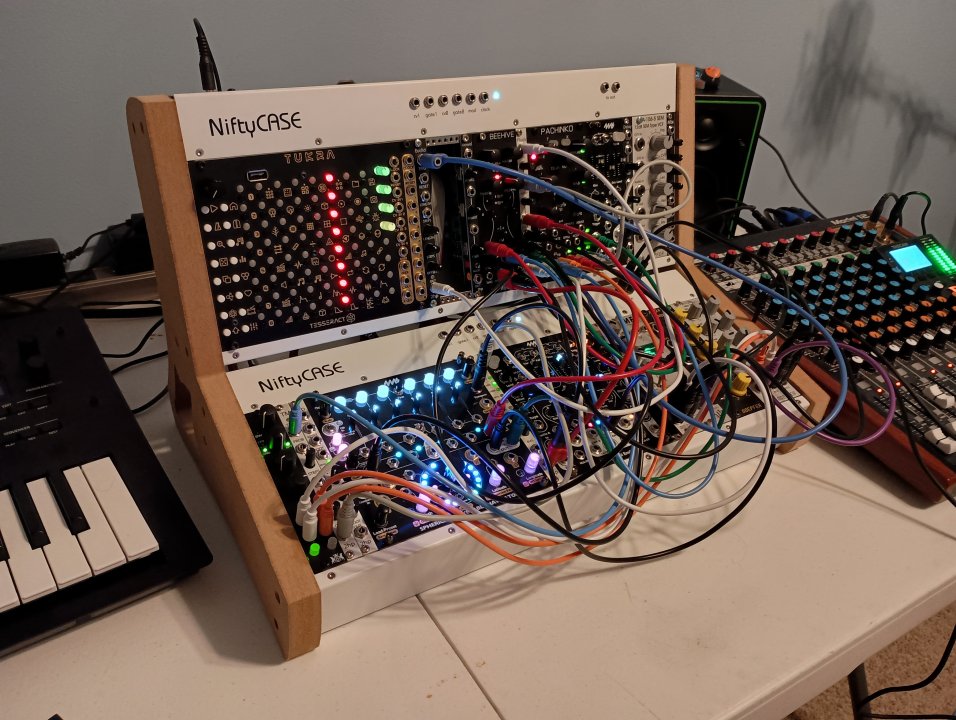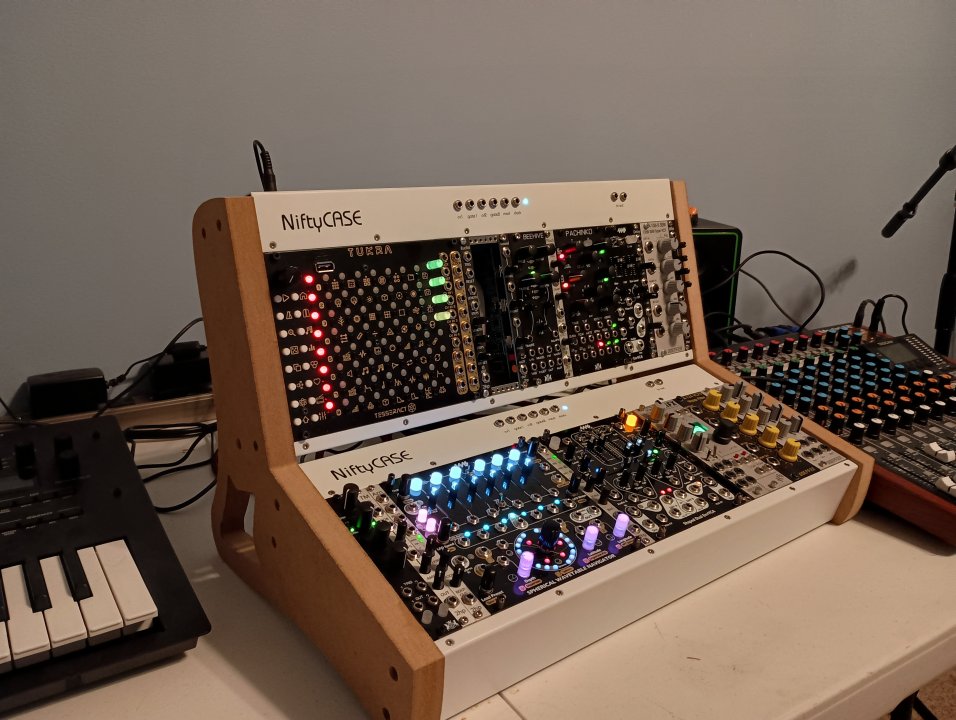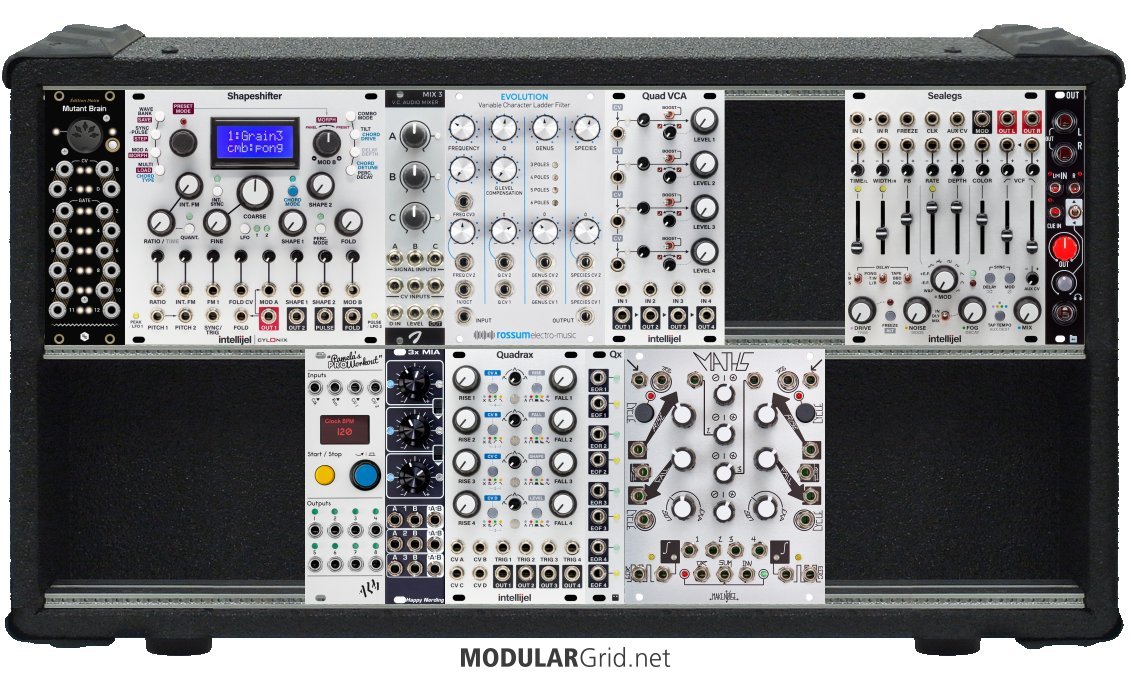Hi :)
I am using various solutions to design my kicks:
1) Michigan Synth SY0.5
2) MI Plaits
3) Sometimes using samples but I am not convinced anymore :)
Nevertheless, I am still pursuing the best solution to design my kicks as ready made ones (macro oscillators or other dedicated kick modules) do not offer as much sound design possibilities.
I have been gathering info from YT and I come to the conclusion that I am more enclined to use a basic VCO with various waveforms, an EG (ADSR or ASR) and a VCA to yeld the results I am aiming at.
Here are a couple of resourceful videos in case it can help:
- The Modular Spaghetti Solutions - Making a Eurorack modular Techno kick drum with an envelope generator. No VCA needed
- Sinus - Tech Talk 004 Make Your Own Kickdrum In Eurorack Pure Analog Deep Full Live Patching
- Thomann - How to create the perfect kick drum | Lets Patch | Thomann
- DJ TechTools - How To Make An Analog Kick with Tobi Neumann
- Voltage Control Lab - Eurorack Modular Kick Drum Tutorial
- Stazma - Analog Kick Drum tutorial: Stazma Modular Tips & Tricks
-- Loersatz
Great links, I haven't seen all these, but the Tobi Neumann video is how I learned to patch a kick. :)
“You must have chaos within you to give birth to a dancing star.”
― Friedrich Nietzsche






 ![]
![]
